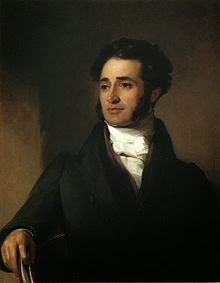President Herbert Hoover didn’t have his own email server. Obviously.
Also, he didn’t have a telephone at his desk when he took office on
March 4, 1929.
Hoover was the first president to install a telephone in the Oval
Office. Otherwise, he would have had to use the phone in the lobby just outside
it.
A few weeks after Hoover began his term, an initially pesky instrument
was wired up on his desk. At first, it wouldn’t work properly, but the White
House crew put it right.
Let’s be fair: a telephone system and switchboard was installed in the
White House in 1878, only two years after Alexander Graham Bell received his
patent. However, the telegraph system was the dominant communications channel
at that time.
The telegraph stayed in the No. 1 spot in the U. S. through the end of
the 19th century—in 1900, almost all of the telephone traffic in
America was confined to strictly local calls. The long-distance telephone
network became a 20th century phenomenon.
Copyright © Richard Carl Subber 2015







